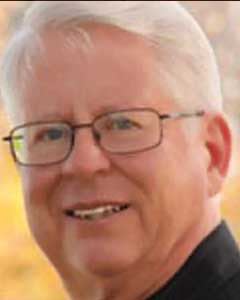Beginning from the first century, there is precedent for bishops to break new ground,” declared Rev. Paul Borthistle. “Otherwise, we might never have freed slaves or ordained women.”
The year was 2000 and Mr. Borthistle, the chair of the team responsible for creating a proposed liturgy for the blessing of same-sex unions in the British Columbia diocese of New Westminister was defending his work. The rite had not been officially approved for use, but its mere existence had generated a flurry of negative reaction.
Dissent, division, and difficulty with its theology and practice are not new to Anglicans in Canada and around the world. The current bishop of New Westminster, Michael Ingham, sees theology as “a clash of ideas, an engagement of opposites … an evolving discipline,” if we want to keep Christianity out of museums and actively engaged in real people’s lives.
[pullquote]This ongoing effort prompts uneasiness. It is not for the spiritually faint of heart. New ideas move the faithful out of their comfort zones and into the arena where often the battles are brutally destructive. Only occasionally are there moments of high drama graced with dignity.
Julie H. Ferguson’s Sing A New Song paints poignant, fast-paced portraits of the incumbent and three of his predecessors.
George Hills (1859-1892), first bishop of British Columbia and English-born, believed that the Canadian West was destined to be great and powerful.
T. David Somerville (1971-1980) the sixth in succession (still delightfully alive and in his 10th decade) has always been concerned about culture change and the ill-preparedness of the church to engage it. He remains convinced that many of the issues over which we squabble so vehemently are not theologically-based concerns at all but are essentially issues of culture.
Douglas W. Hambidge (1980-1993), the seventh bishop of New Westminster, who is enjoying retirement, heard these words from Nisga’a chief James Gosnell: “When (our people) continued to struggle for justice in this land, only the Anglican church stood by us in our hour of need. We will never forget this.” (The Nisga’a of Northern B.C. maintained a lengthy land claims fight with the province and Canada and were eventually awarded their due.)
Though not unaware of the issues he would face when he took the job in 1994, Bishop Ingham, the eighth bishop, was determined not to be overcome by a loss of nerve.
Anyone who enjoys following literary character development and heroic figures facing big challenges will be intrigued by this book.
As I critically read it I thought about how religion is depicted in the media. Too frequently, it seems, we encounter shrill tones and righteous arrogance. Now, these voices are coming from different quarters than in the past.
I wonder if I am willing to fight as these bishops did for inclusivity in the body of Christ? Each, in his own way, is portrayed as human, authentic and persevering.
At the end of the day it was simply the right thing to do.
Wayne A. Holst has taught religion and culture at the University of Calgary and facilitates adult spiritual development at St. David’s United Church in Calgary.



